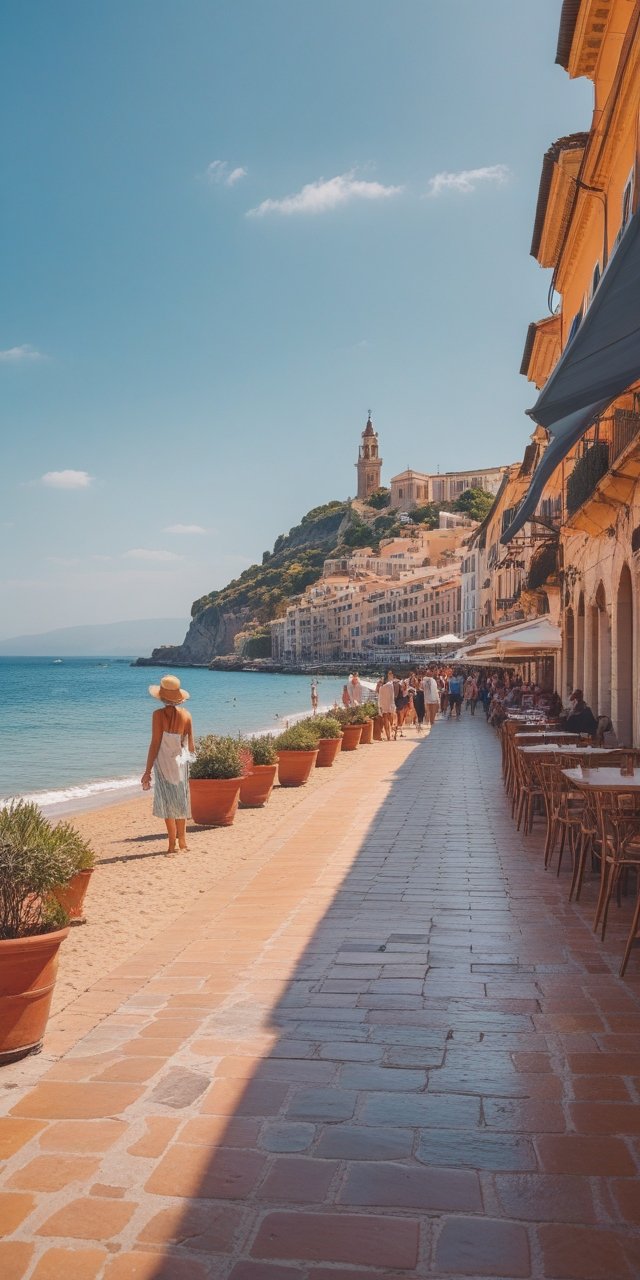Introduction to Beautiful Travel Destinations
Beautiful travel destinations have an undeniable allure that captivates the hearts and minds of explorers. These stunning locations, ranging from breathtaking natural landscapes to architectural marvels, possess a unique ability to evoke emotions and create lasting memories. The profound aesthetic appeal of such places enhances our travel experiences, allowing us to escape from the ordinary and immerse ourselves in environments that inspire and invigorate.
The emotional connection we foster with beautiful destinations can be attributed to their visual splendor, which often reflects the harmony of nature or the impressive feats of human creativity. For instance, lush green valleys, majestic mountains, and pristine beaches are not just visually appealing; they also provide a sense of tranquility and wonder. Conversely, iconic structures such as cathedrals and historical monuments invite us to appreciate the rich tapestry of human history while offering a glimpse into diverse cultures.
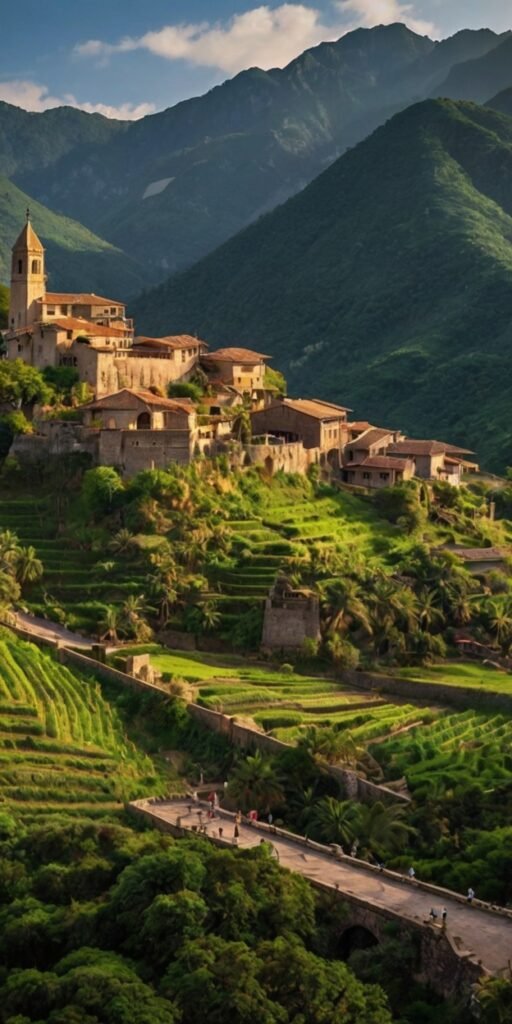
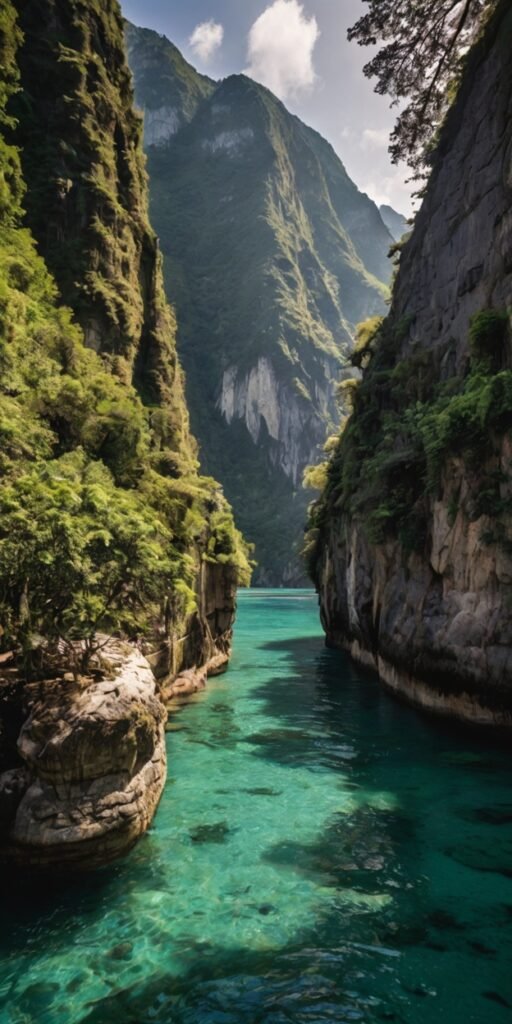
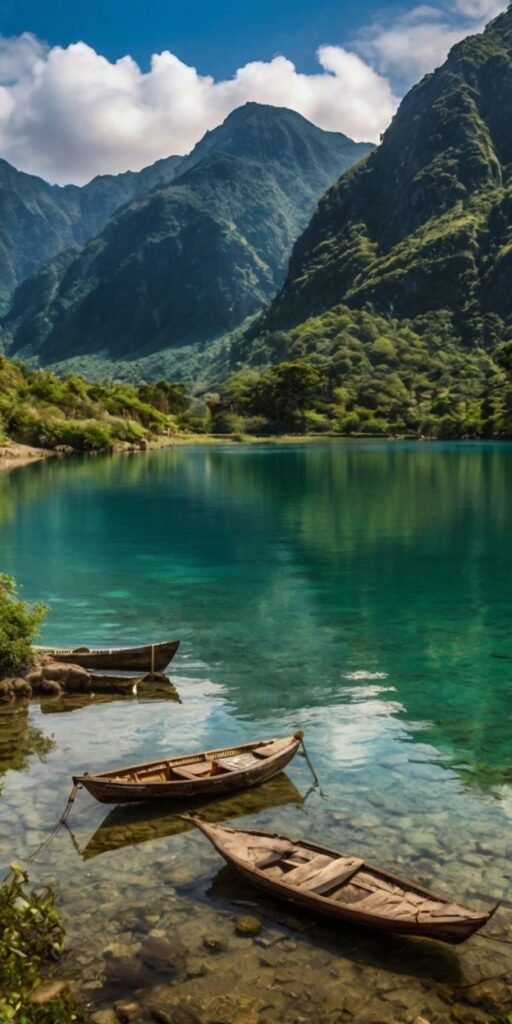
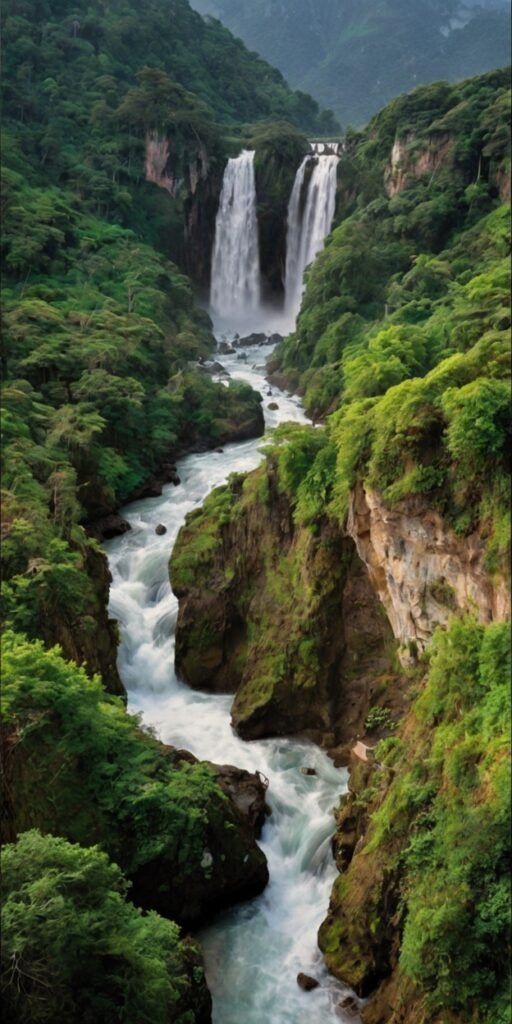
Exploring these beautiful places often leads to transformative experiences. The soothing sound of waves crashing on a secluded beach or the sight of vibrant flowers adorning a hidden garden can significantly elevate our mood. Furthermore, each stunning locale tells its own story, inviting travelers to connect with people, customs, and traditions that shape the essence of the landscape. This connection fosters a sense of belonging and appreciation for the world around us, making our journeys deeply rewarding.
As we embark on our travels, seeking out beautiful destinations becomes an enriching pursuit that expands our horizons. The exploration of nature’s wonders and the appreciation of architectural beauty can leave indelible impressions, transforming commonplace trips into extraordinary adventures filled with joy and inspiration.
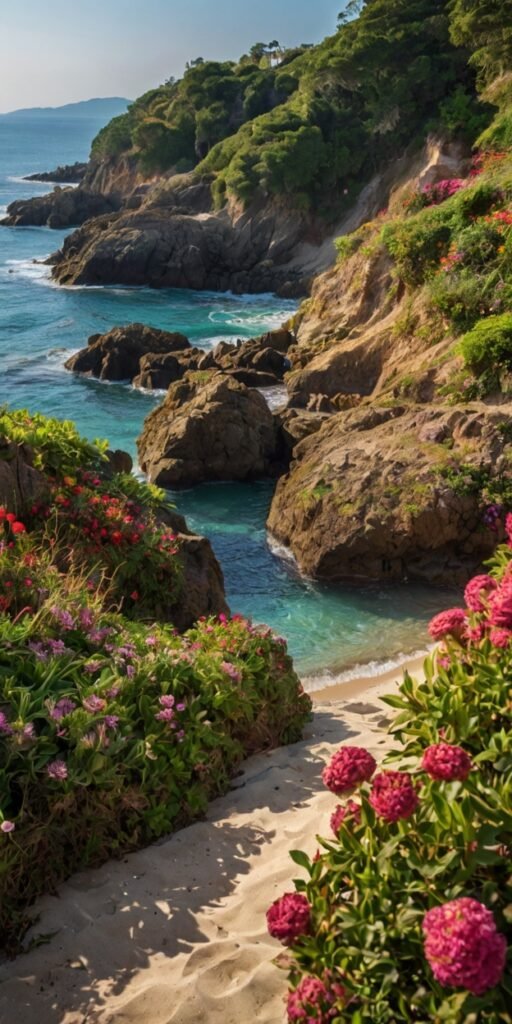
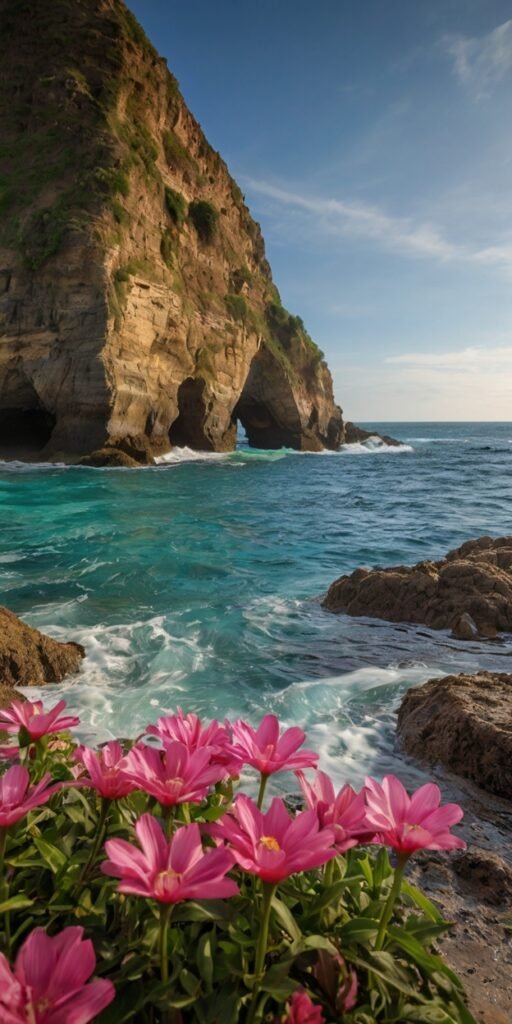
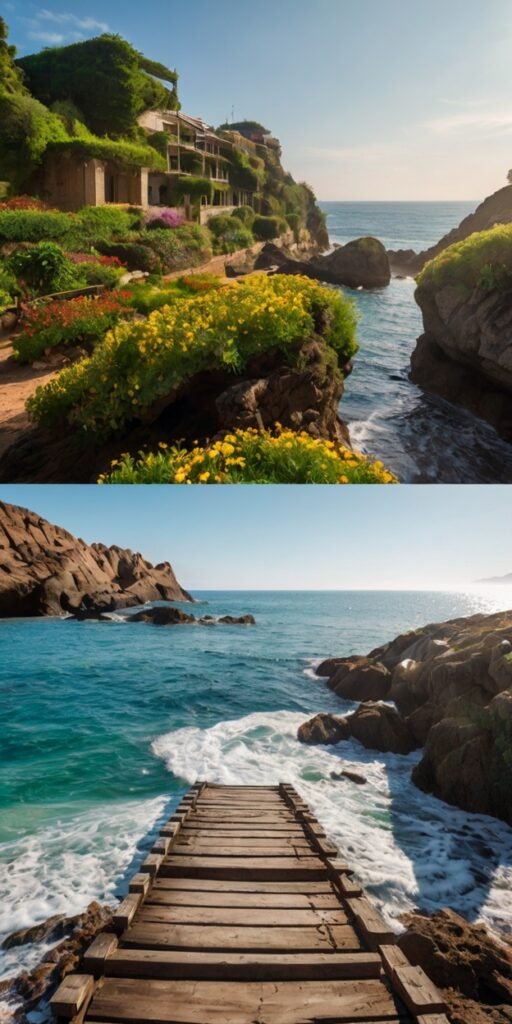
Natural Wonders Around the Globe
Exploring the world’s most breathtaking natural landscapes reveals the remarkable beauty and diversity our planet has to offer. From towering mountains to serene beaches, these environments captivate travelers and inspire awe. Among the most iconic destinations is the Grand Canyon, located in Arizona, USA. This immense gorge, carved by the Colorado River, showcases a stunning array of colors and rock formations. Its vast dimensions provide a unique opportunity for hiking, rafting, and photography, making it a must-visit for adventure seekers and nature lovers alike.
Another magical natural wonder is the Great Barrier Reef in Australia, the largest coral reef system in the world. Stretching over 2,300 kilometers, this UNESCO World Heritage site is home to a staggering variety of marine life, including colorful corals, fish, and other sea creatures. Snorkeling or diving in these crystal-clear waters offers an up-close experience with this vibrant ecosystem, highlighting the delicate balance of nature and the importance of conservation efforts to protect such environments.
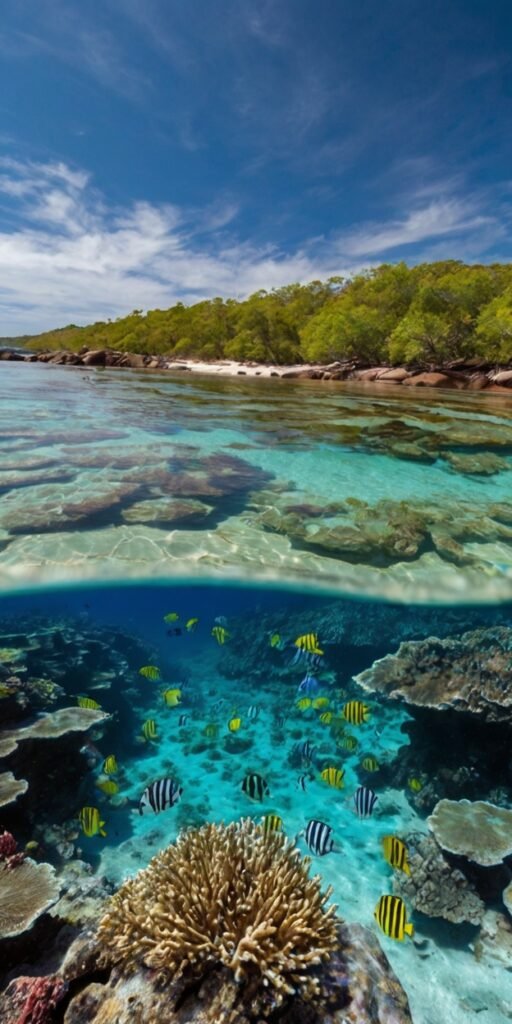
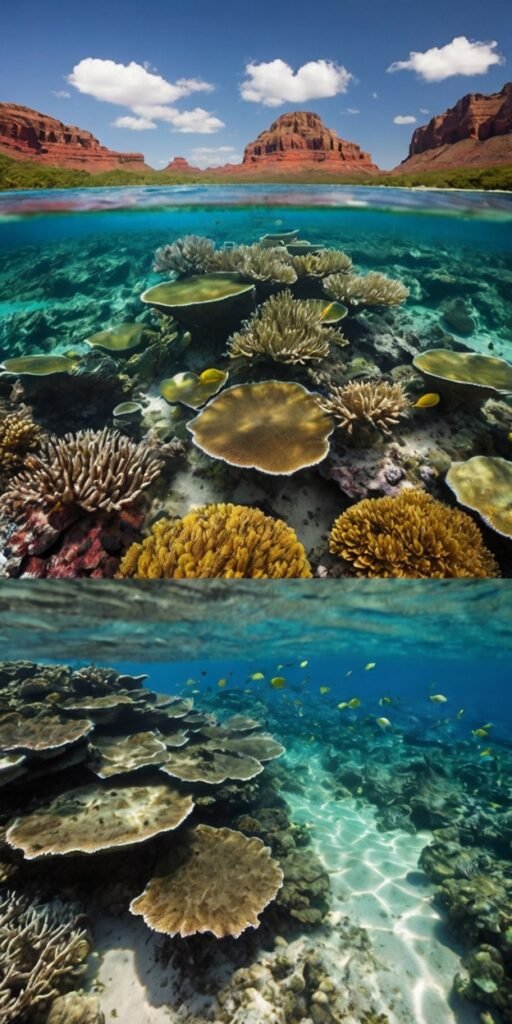

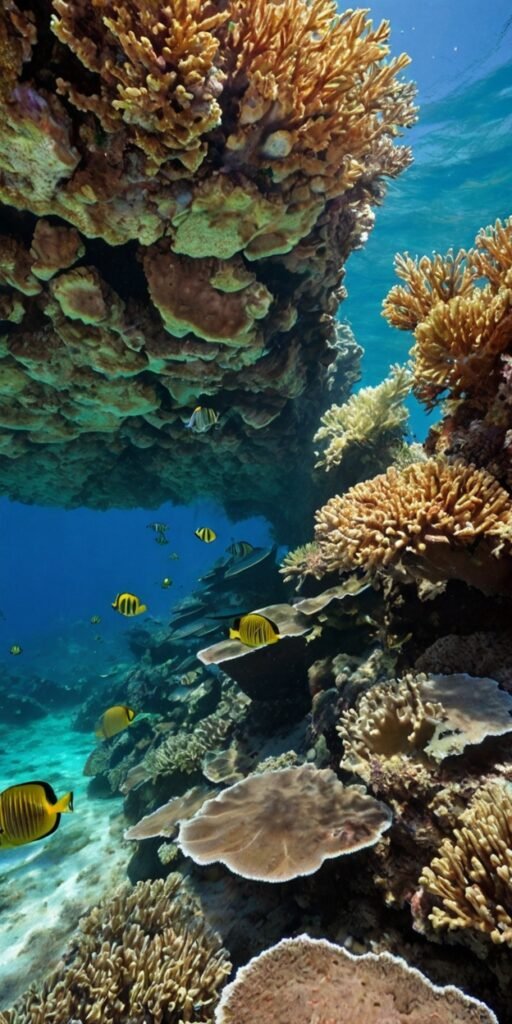
The Northern Lights, or Aurora Borealis, are yet another spectacle that astounds travelers. Visible in regions near the Arctic, such as Iceland, Norway, and Canada, these captivating light displays occur when charged particles collide with Earth’s atmosphere. The swirling colors—often green, pink, and violet—create a natural light show that enchants viewers. Witnessing the Northern Lights is often described as a once-in-a-lifetime experience, epitomizing the wonders of our natural world.
Other stunning landscapes to explore include lush forests, tranquil rivers, and idyllic beaches. The Amazon Rainforest stands out as the largest tropical rainforest, harboring countless species of plants and wildlife, while the Maldives’ pristine beaches invite travelers to relax in paradise. Each of these destinations symbolizes the beauty and fragility of our environment, prompting admiration and a sense of responsibility to protect our planet’s treasures. Exploring these natural wonders allows us to appreciate the intricate connections between humans and the earth, enriching our travel experiences.
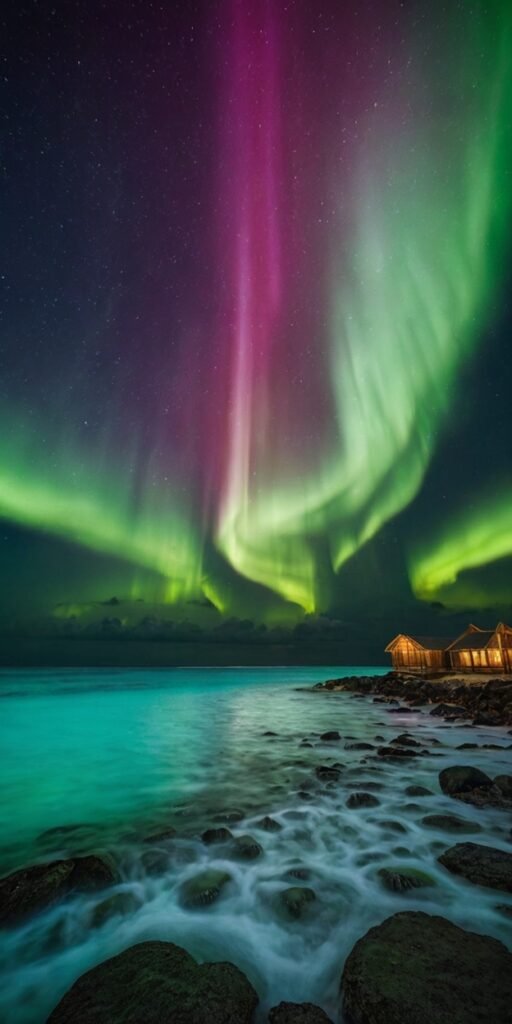

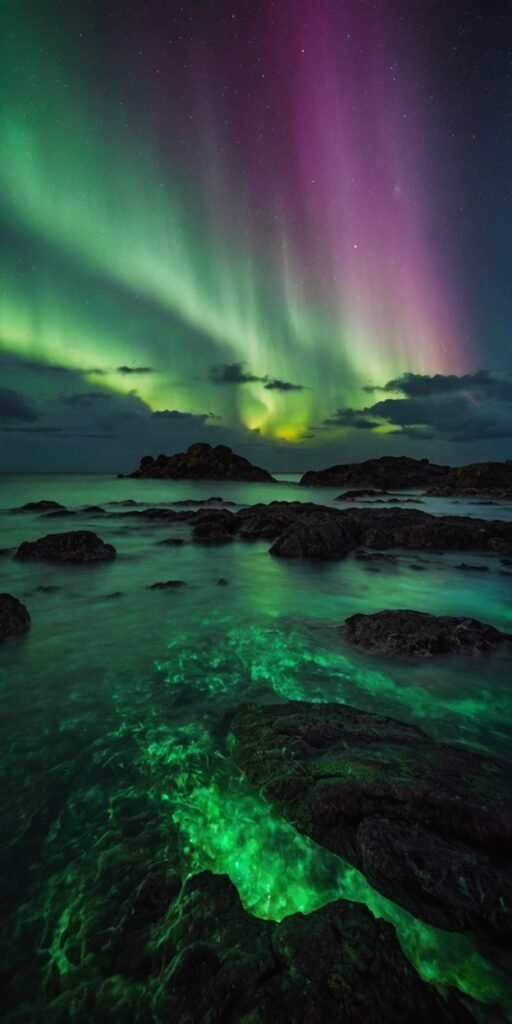

Cultural Jewels of the World
When considering the world’s most beautiful places to travel, culturally rich destinations often stand out for their heritage, architecture, and profound historical significance. Cities such as Kyoto, Istanbul, and Florence epitomize the melding of tradition and modernity, offering travelers a unique glimpse into the rich tapestry of human civilization.
Kyoto, Japan, once the imperial capital, is renowned for its well-preserved temples, traditional wooden houses, and exquisite gardens. The city serves as a sanctuary for cultural practices, including tea ceremonies and flower arranging, which reflect the deep reverence for aesthetics in Japanese culture. Visitors can explore iconic landmarks such as Kinkaku-ji, the Golden Pavilion, and Fushimi Inari Taisha, known for its thousands of vermillion torii gates. The local cuisine, highlighted by kaiseki dining and seasonal ingredients, further enhances the travel experience, making Kyoto a breathtaking cultural jewel.
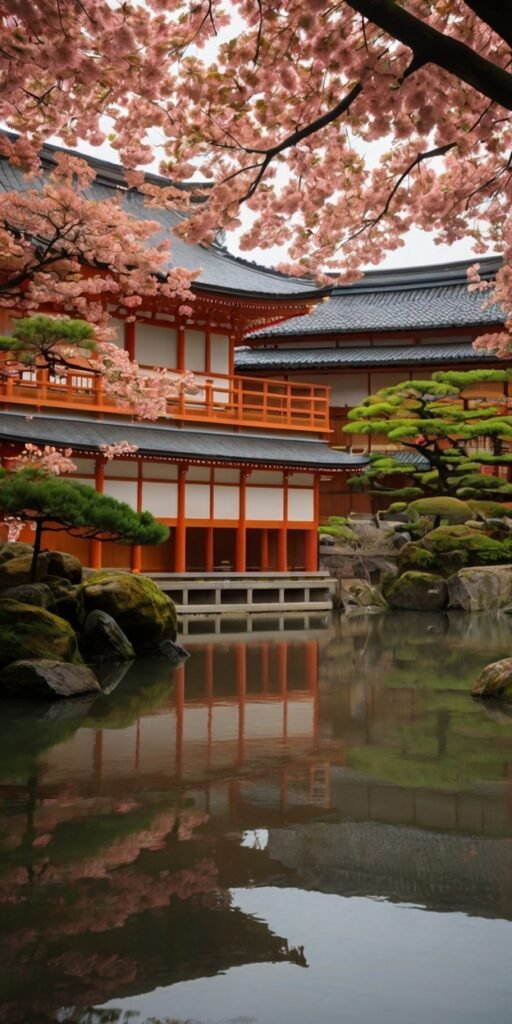
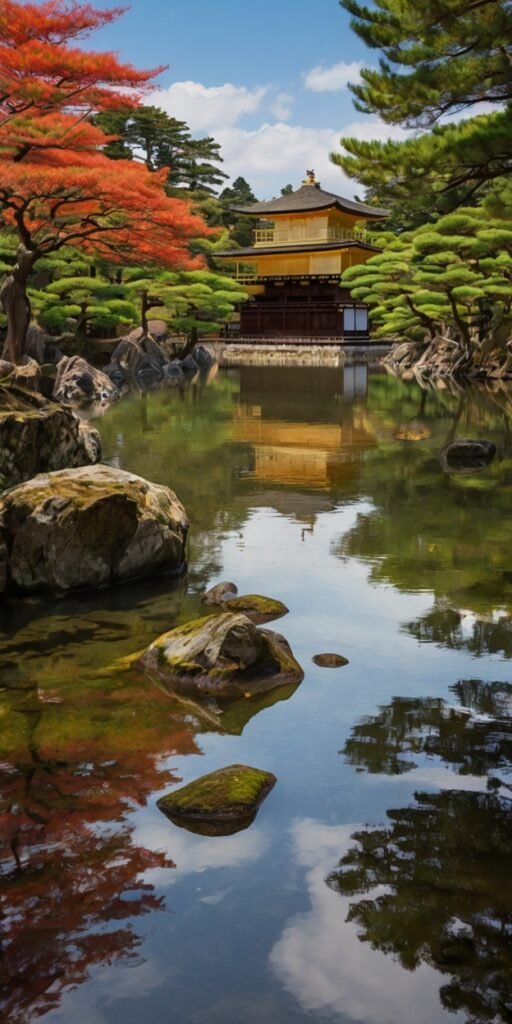
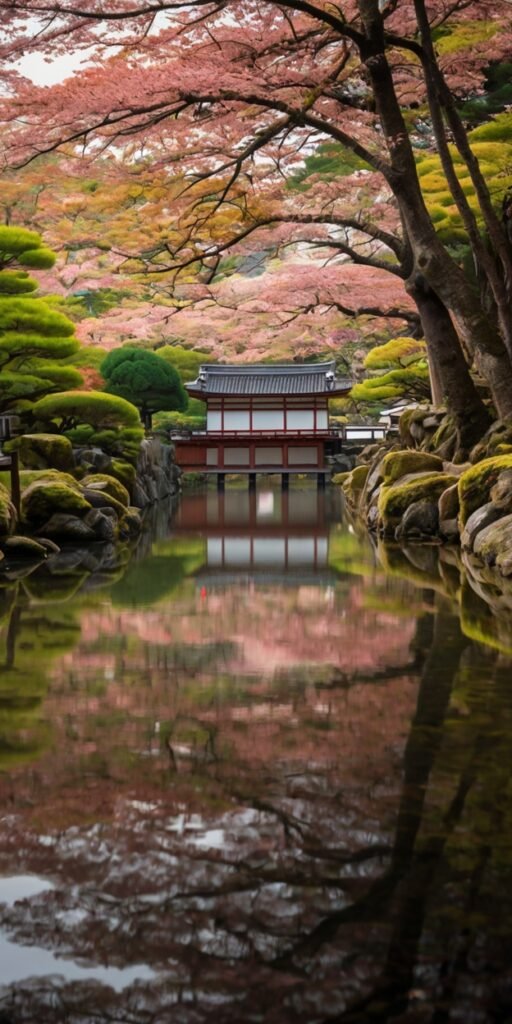
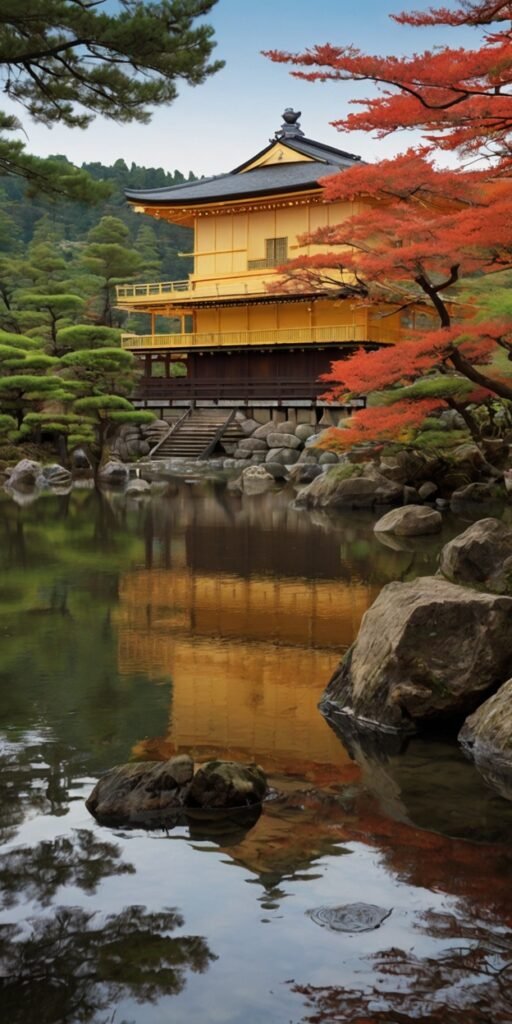
Hidden Gems Off the Beaten Path
While popular tourist destinations boast iconic landmarks and vibrant atmospheres, some of the world’s most beautiful places to travel remain hidden from the crowds, offering unique experiences that beckon those seeking serenity and authenticity. Exploring these hidden gems can lead to remarkable discoveries, both of scenic landscapes and rich local cultures. From small islands to quaint villages and secret beaches, these destinations provide a refreshing alternative for travelers yearning to escape the busyness often associated with mainstream tourism.
One such destination is the enchanting island of Ascension, located in the South Atlantic Ocean. This isolated paradise is known for its stunning volcanic landscapes and unique wildlife, including the rare green turtle. The island’s pristine beaches and clear waters create a serene environment perfect for relaxation and exploration. Travelers can hike up to Green Mountain for sweeping views or stroll along the beautiful shores to witness the vibrant marine life without the throngs of tourists.



Another remarkable hidden gem is the village of Ait Benhaddou in Morocco. Steeped in history, this ancient Kasbah is a UNESCO World Heritage site, known for its striking earthen clay architecture and picturesque landscapes. A visit to Ait Benhaddou allows visitors to immerse themselves in the local Berber culture while exploring the narrow alleyways adorned with traditional craft shops. Travelers often can witness traditional means of livelihood among the locals, creating an enriching experience hard to find in busier locales.
Secret beaches, such as Anse Source d’Argent on Seychelles’ La Digue Island, also offer stunning beauty without the crowds. Renowned for its exquisite granite boulders and crystal-clear waters, this idyllic spot provides a perfect setting for unwinding amidst nature’s artistry. Accessible by foot or bicycle, visitors can enjoy the tranquility and untouched surroundings, a stark contrast to more frequented coastal areas.
Whether it is remote islands, historical villages, or hidden beaches, the allure of these lesser-known destinations lies in their ability to provide a truly unique travel experience. It encourages exploration beyond the traditional tourist hotspots, allowing travelers to discover the world’s beautiful places while connecting with nature and local cultures in profound ways.
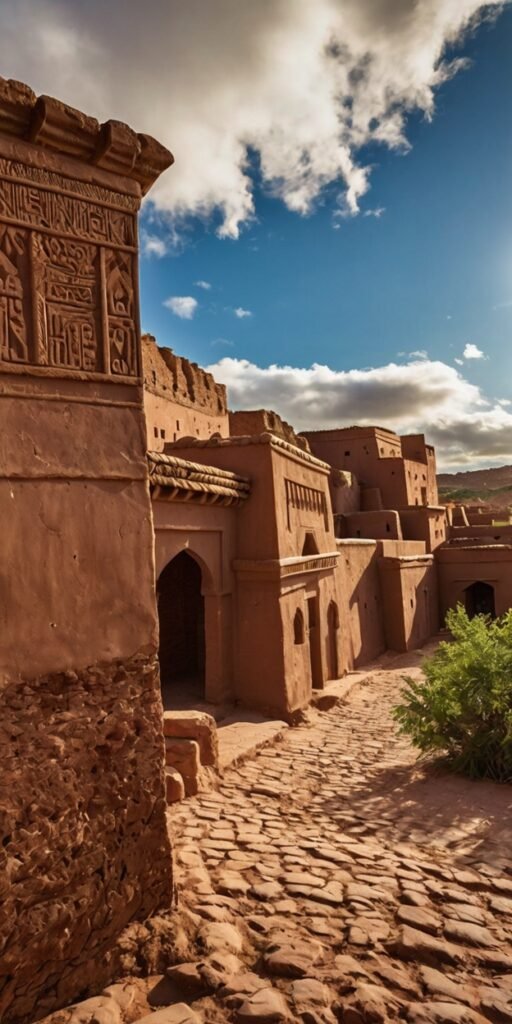
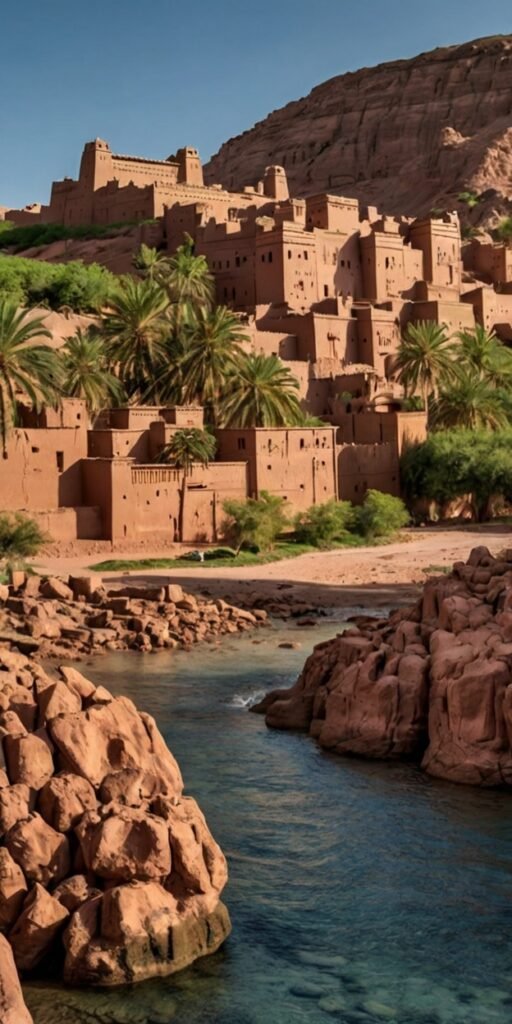
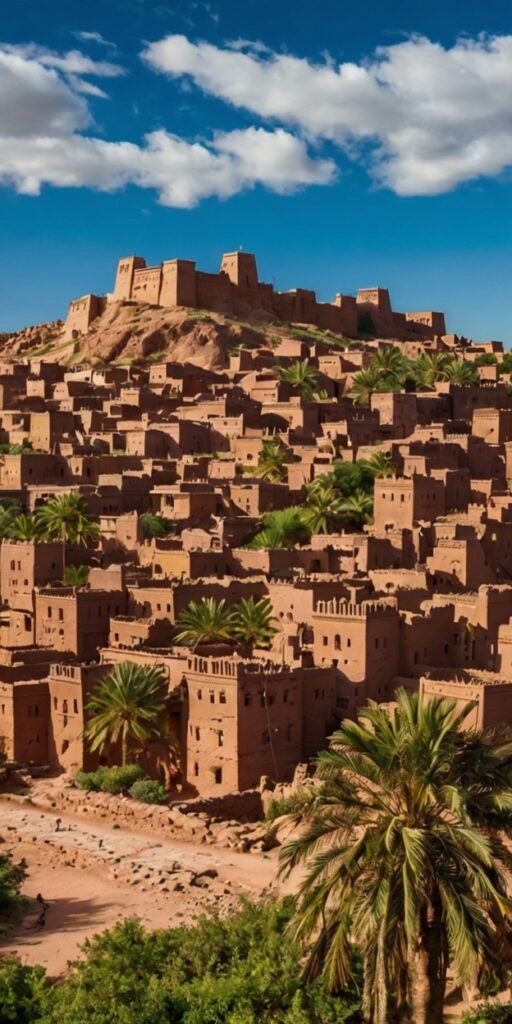
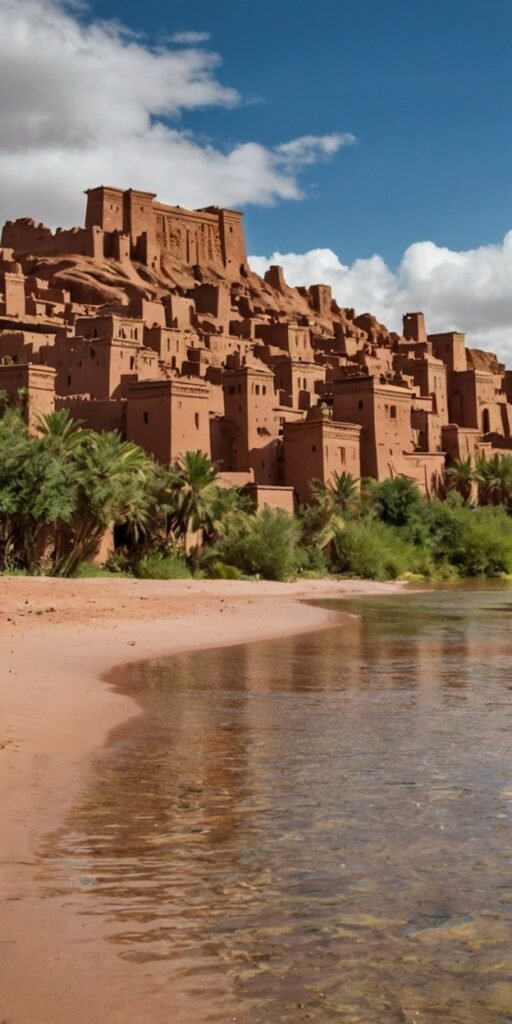
The Allure of Urban Landscapes
Urban landscapes are a mesmerizing combination of architectural brilliance and cultural vibrancy. Cities such as Paris, New York, and Barcelona epitomize this allure, each offering a unique charm that captivates travelers from across the globe. The skyline of these metropolises is not merely a visual spectacle; it is a testament to human creativity and innovation.
In Paris, the iconic Eiffel Tower rises majestically above the city, standing as an emblem of love and artistry. The charming streets of Montmartre beckon visitors with their historic cafes and artist studios. Parisian architecture, characterized by its intricate facades and elegant balconies, enchants anyone strolling along the Seine River, providing an intimate connection between the city’s past and its present. This blend of beauty and culture ensures that Paris remains one of the most sought-after urban destinations.
New York City, often referred to as “The Big Apple,” offers an entirely different urban experience. The towering skyscrapers, such as the Empire State Building and One World Trade Center, dominate the skyline, symbolizing ambition and resilience. The vibrant atmosphere of Times Square, along with the serene beauty of Central Park, showcases the diverse facets of this bustling metropolis. Walking through neighborhoods like SoHo and Greenwich Village, one can experience an eclectic mix of art, fashion, and cuisine that reflects the city’s multicultural essence.



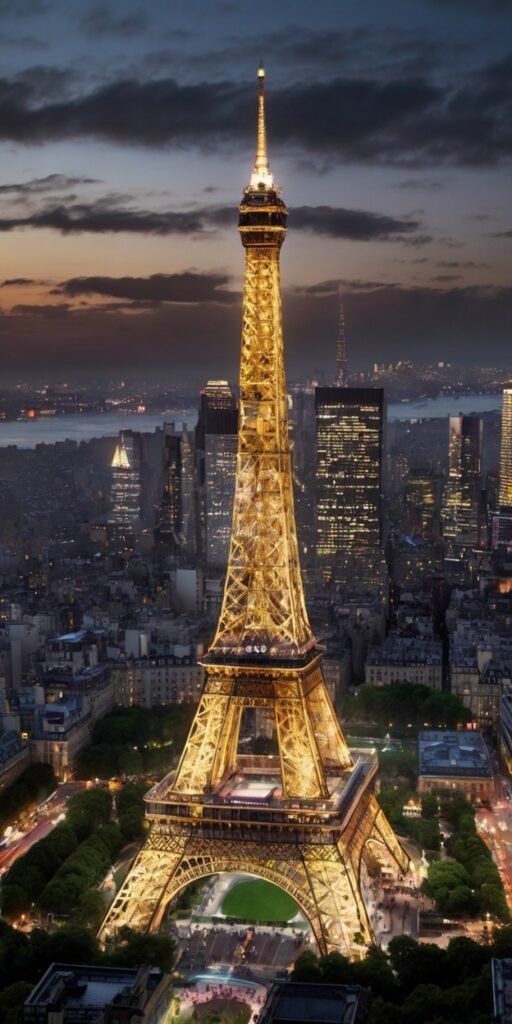
Similarly, Barcelona stands out with its unique architectural designs, particularly those by renowned architect Antoni Gaudí. The Sagrada Familia and Park Güell are not just landmarks but reflections of the city’s cultural heritage and artistic vision. The lively streets of La Rambla, adorned with street performers and local artisans, create a vibrant atmosphere that invites exploration and engagement.
Ultimately, urban landscapes like those found in Paris, New York, and Barcelona are where beauty meets culture, creating unforgettable experiences for travelers. The allure of these cities lies not only in their stunning skylines and architectural wonders but also in their ability to foster a sense of connection and community that enriches the travel experience.

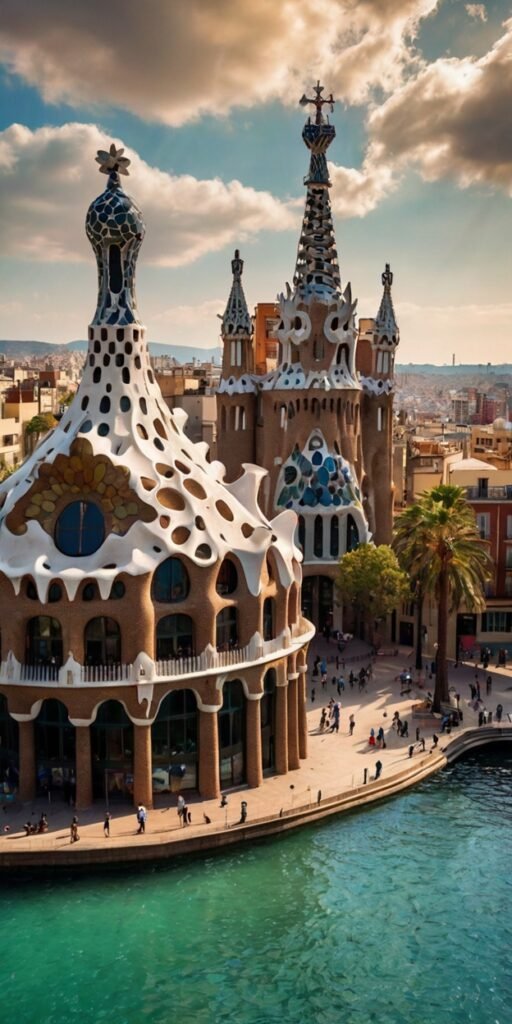


Unique Landscapes: Deserts, Caves, and Glaciers
The world’s diverse terrains offer some of the most stunning landscapes, characterized by their distinctiveness and beauty. Deserts, ice caves, and glacial formations encompass unique environments that attract travelers seeking awe-inspiring experiences. One of the most iconic deserts is the Sahara Desert, stretching over several North African countries. Its vast expanse of sand dunes showcases a vibrant palette of colors, particularly at sunrise and sunset, creating an enchanting scene that invites exploration. Visitors can partake in camel rides and traditional Berber experiences, immersing themselves in the captivating desert culture.
Another mesmerizing landscape can be found in America’s Antelope Canyon. This slot canyon, located in Arizona, is renowned for its intricate and narrow passageways formed by the erosive forces of water and wind over thousands of years. The play of light filtering through the canyon’s walls results in a mesmerizing array of colors, making it a photographer’s paradise. Antelope Canyon’s unique formations create a sense of wonder, attracting tourists eager to witness its natural beauty firsthand.


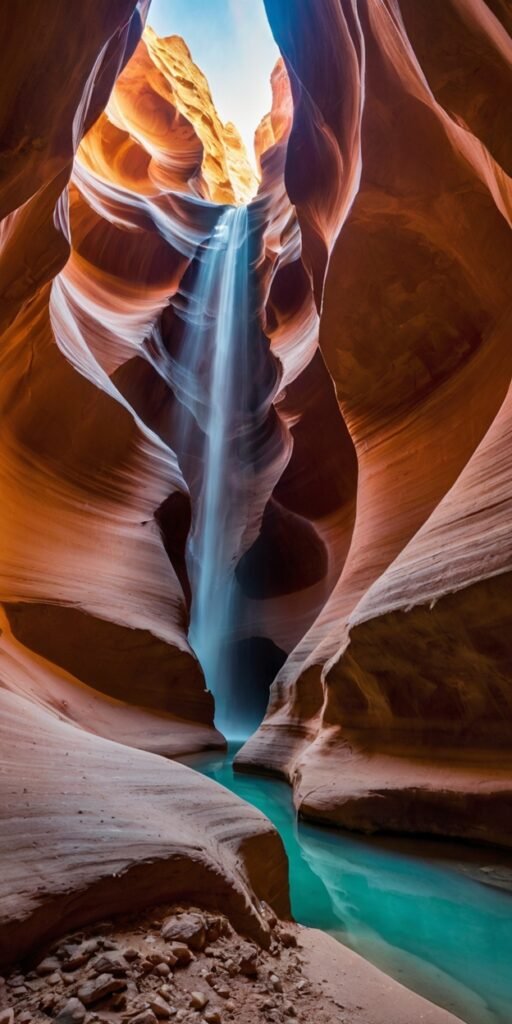
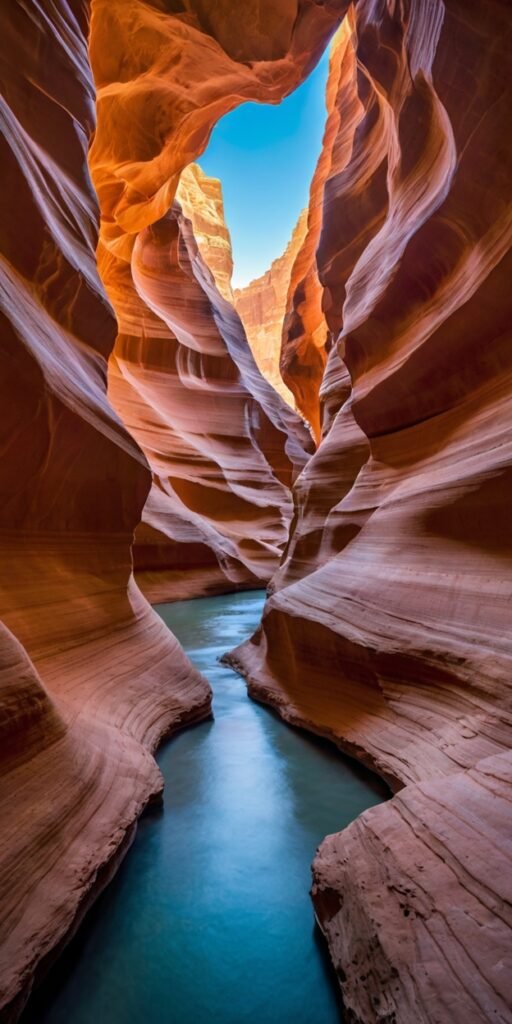
Moving toward colder climates, glaciers present a dramatic yet breathtaking landscape. Iceland’s glaciers, in particular, are among the most accessible and stunning in the world. Vatnajökull, the largest glacier in Europe, offers visitors a chance to explore its vast ice caps and frozen caves. The striking blue hues of the ice, formed over centuries, create an otherworldly experience that not only captivates the heart but also serves as a reminder of the fragile nature of these magnificent structures. Visitors can hike across these glaciers or venture into natural ice caves, providing exhilarating experiences that highlight the beauty of these majestic formations.
In conclusion, unique landscapes such as deserts, caves, and glaciers showcase the earth’s incredible variety. Each environment offers distinctive features and experiences, contributing to the rich tapestry of travel destinations. By exploring these captivating locations, travelers can appreciate the breathtaking beauty of our planet and the incredible natural forces that have shaped these landscapes over time.
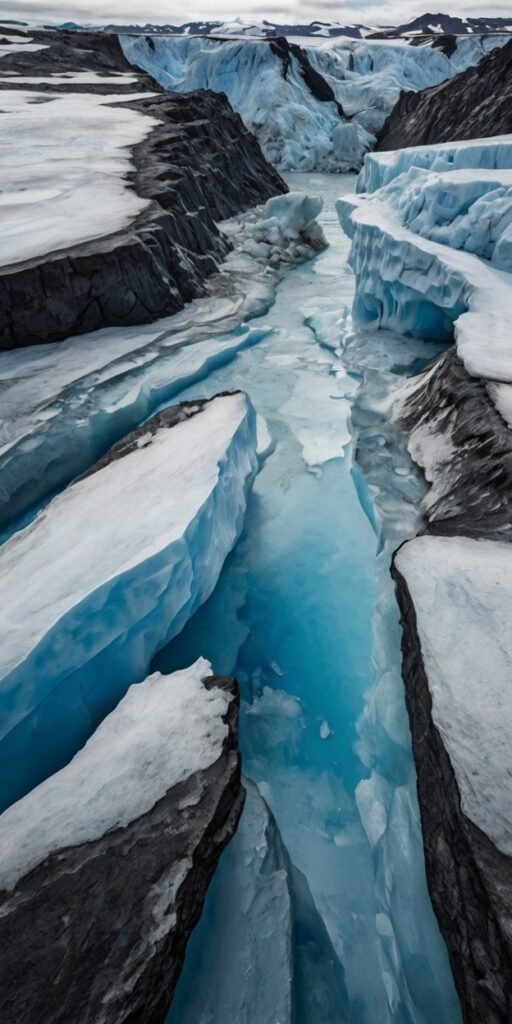
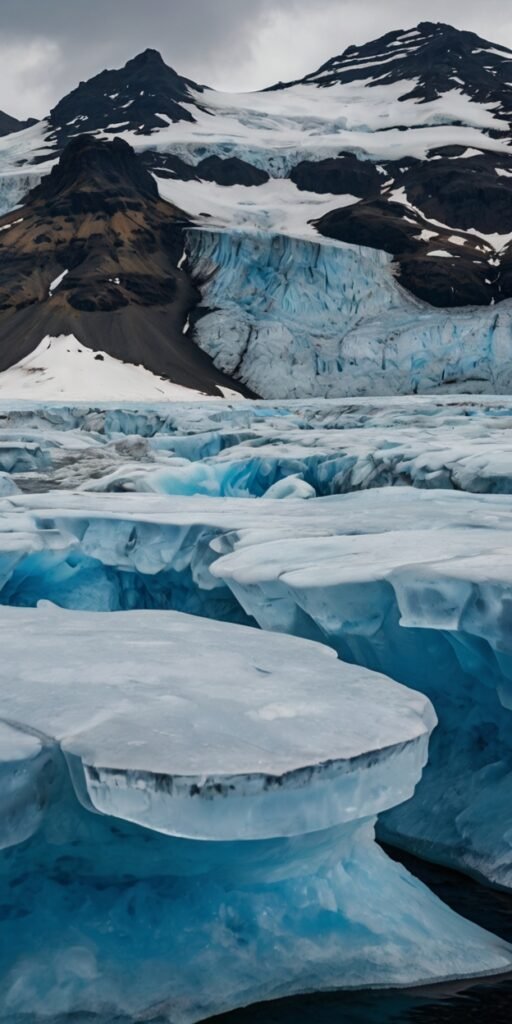
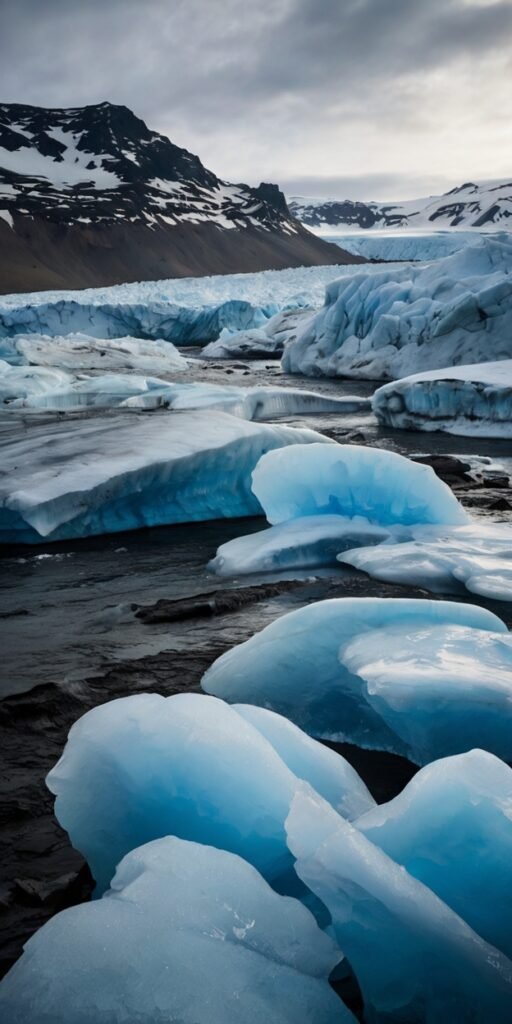
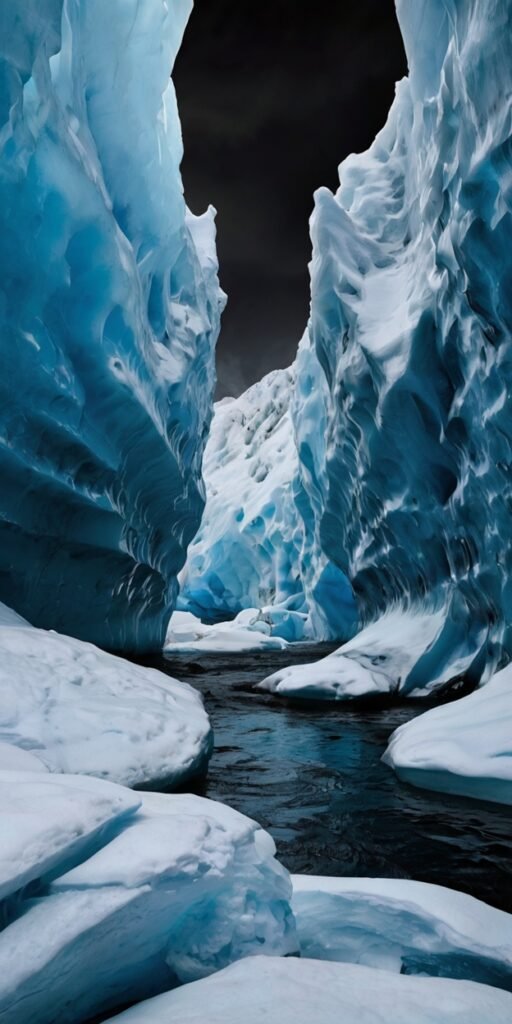
Landscapes of Serenity: Lakes and Gardens
Nature has an extraordinary ability to soothe the soul, and two of its most tranquil manifestations are serene lakes and beautifully curated gardens. Around the world, these landscapes present unique opportunities for travelers seeking solace and beauty. One iconic destination is Lake Louise in Canada, renowned for its turquoise waters framed by jagged peaks and dense evergreen forests. Visitors often find themselves captivated by the reflective surface of the lake, which mirrors the surrounding mountains, creating a breathtaking panorama that feels almost dreamlike. During warmer months, the area becomes a haven for hikers, while in winter, it transforms into a picturesque snow-laden landscape perfect for ice skating.
Another worthwhile destination is the Japanese Gardens of Portland, Oregon. This meticulously designed garden exemplifies traditional Japanese landscaping principles. The gardens present a series of distinct ecosystems, including a serene pond filled with koi fish, lush greenery, and elegant stone pathways. The Japanese Gardens highlight the philosophy of harmony and balance in design, offering visitors a tranquil space for reflection and restoration. Each season brings a new palette of colors, from cherry blossoms in spring to vibrant autumn foliage, ensuring an ever-changing visual experience.

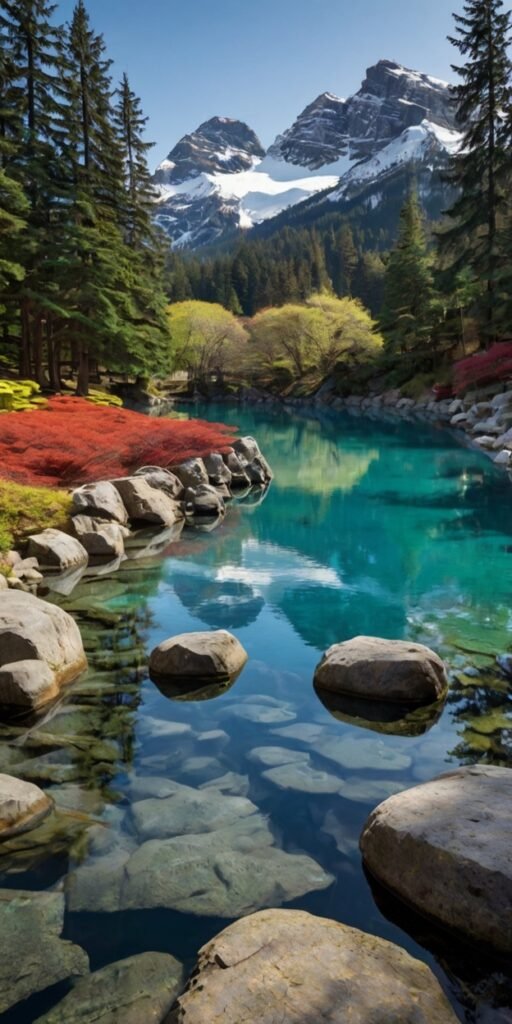
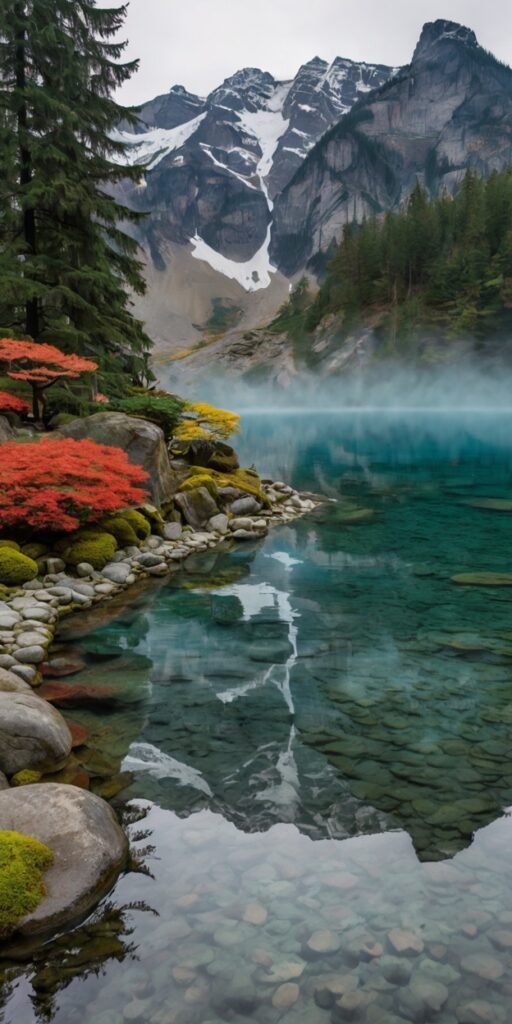
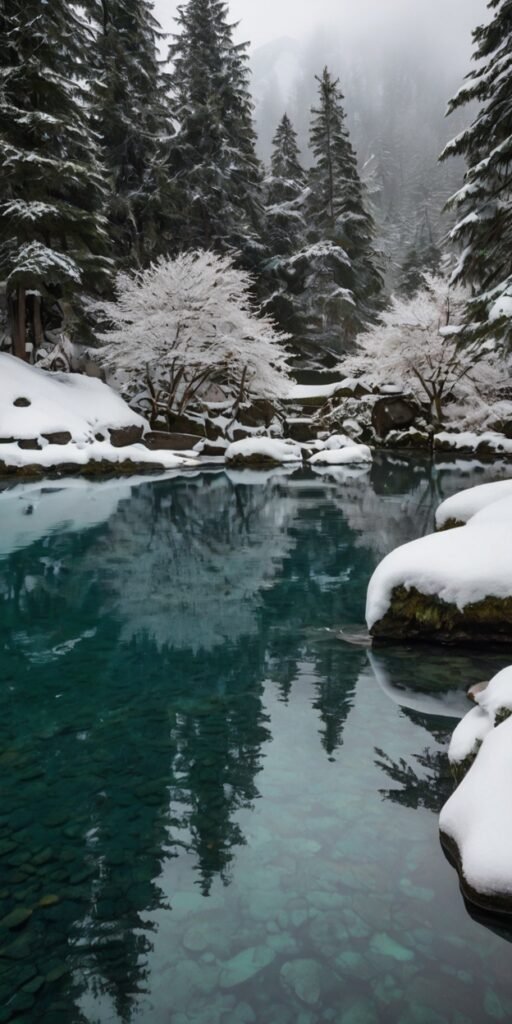
The Keukenhof Gardens in the Netherlands is an essential stop for anyone seeking floral splendor. Spanning over 79 acres, this stunning garden showcases an explosion of colors, with millions of tulips in bloom during the spring. Visitors can wander through themed gardens, admire magnificent displays of flowers, and engage in various cultural exhibitions. The rhythmic patterns and vibrant hues of the tulips create a captivating landscape, offering a perfect retreat for nature lovers and photographers alike. The combination of serene lakes and exquisitely maintained gardens around the globe presents an unparalleled opportunity for travelers to connect with nature and indulge in the beauty of the world’s most picturesque settings.
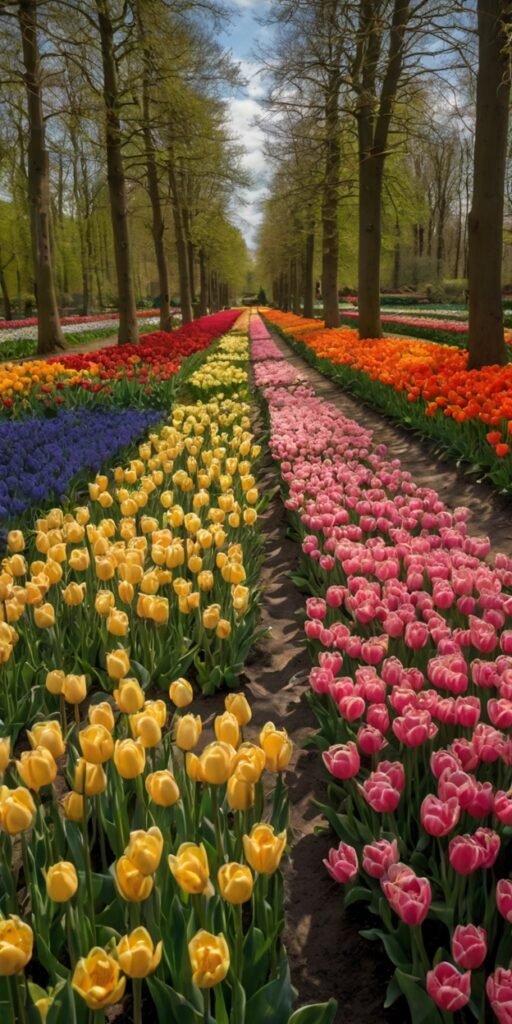



Exploring Wildlife and Natural Preservation Areas
Wildlife and natural preservation areas represent some of the most stunning landscapes on our planet, where the beauty of nature converges with vital conservation efforts. National parks, wildlife reserves, and marine parks are not only sanctuaries for biodiversity but also serve as breathtaking destinations for travelers seeking to connect with the natural world. These areas are designed to protect unique ecosystems while offering visitors a chance to appreciate their splendor.
National parks, such as Yellowstone in the United States or Banff in Canada, showcase vast expanses of diverse terrains, ranging from towering mountains to expansive forests and stunning lakes. These parks provide habitats for numerous species, including rare and endangered flora and fauna. The dramatic landscapes of these parks often captivate visitors, offering opportunities for photography, hiking, and wildlife observation. Such interactions foster a greater appreciation for the environment and underscore the importance of conservation.
Wildlife reserves are equally significant, serving as crucial protectors of countless species. Locations like the Maasai Mara in Kenya or the Galápagos Islands in Ecuador not only exhibit a rich tapestry of biodiversity but also provide a window into the natural behavior of various animals in their native habitats. These reserves often offer guided tours, which allow visitors to witness wildlife in a more respectful and impactful manner, further promoting awareness of conservation issues.

Marine parks, such as the Great Barrier Reef in Australia, protect vital marine ecosystems and provide spectacular underwater vistas teeming with life. Snorkeling and diving tours introduce visitors to vibrant coral reefs and diverse marine species, illustrating the delicate balance within these ecosystems. Preserving such areas goes beyond aesthetics; it is an essential initiative to maintain ecological stability and protect our planet’s rich biodiversity.
By visiting wildlife and natural preservation areas, travelers can experience firsthand the beauty of our planet while contributing to conservation efforts. Such experiences highlight the delicate relationship between humanity and nature, encouraging a deeper commitment to protecting these invaluable resources for future generations.

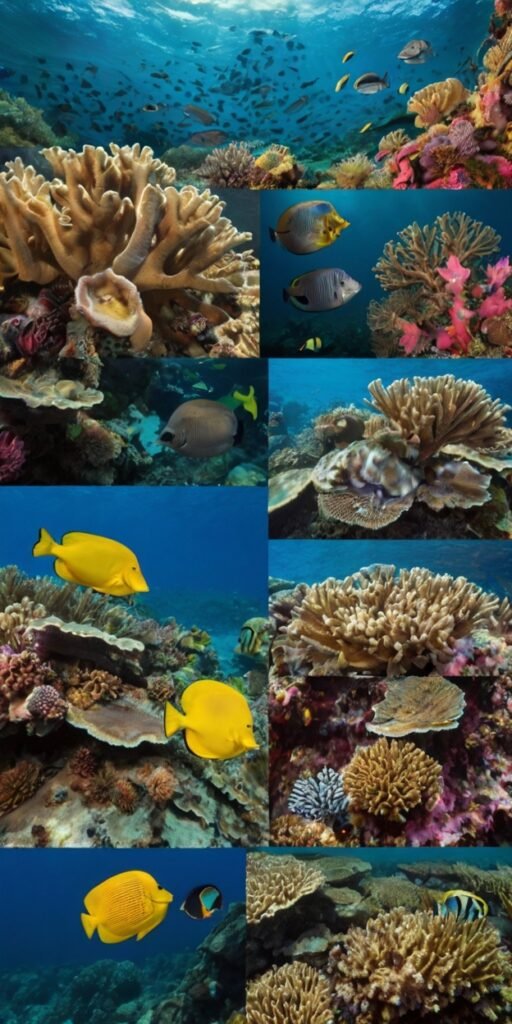


Tips for Traveling to Beautiful Destinations
Traveling to beautiful destinations offers unique experiences, but it is crucial to approach such adventures with care and consideration. To maximize your travel experience while minimizing your impact, implementing best practices is essential. Firstly, planning your visit during the off-peak season can help you avoid crowds while allowing you to enjoy the serene beauty of the location. Research the best times to visit each destination, as factors such as weather conditions, local events, and peak tourist seasons can significantly affect your experience.
When visiting picturesque locations, it is vital to respect the natural environment and local communities. Engage in responsible tourism practices by adhering to local regulations and guidelines. For example, sticking to marked trails while hiking preserves the surrounding flora and fauna. Simple actions, such as avoiding littering, can significantly contribute to maintaining the pristine state of these beautiful places. Consider utilizing eco-friendly products, such as biodegradable toiletries and reusable water bottles, to minimize waste and reduce your carbon footprint.
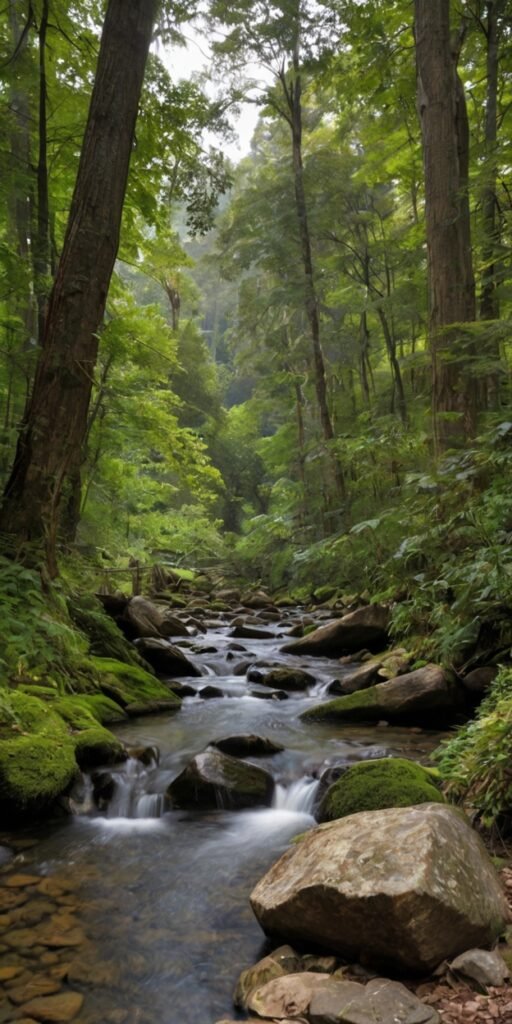
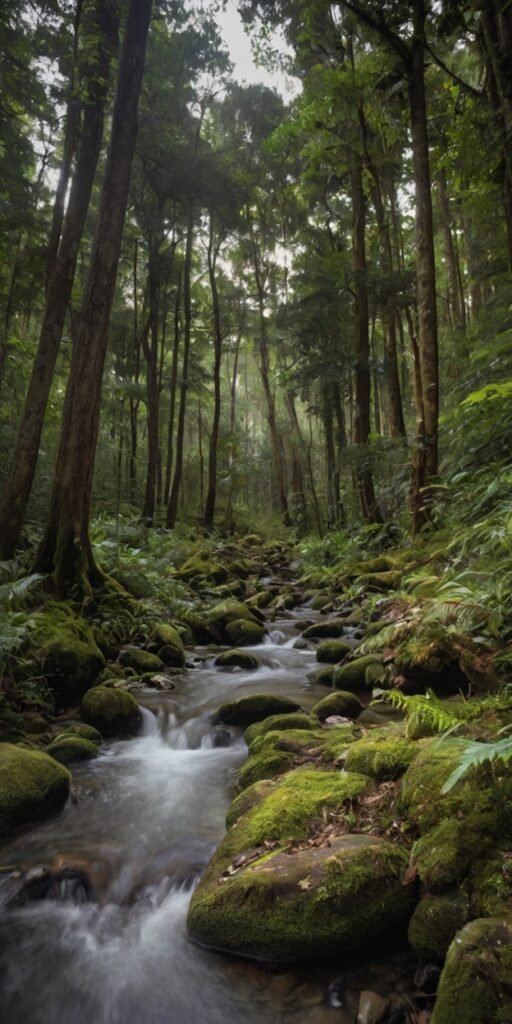

RELATED POSTS
View all


